
Knut Sverre Skurdal Andresen
Partner
Oslo
Newsletter
by Anouchka T. H-T Pache, Jenny Nondal and Knut Sverre Skurdal Andresen
Published:
Since the third and fourth industrial revolutions, the importance and value of intellectual property (IP) has been growing continuously. The art of exploiting a company's IP in the most profitable manner is thus crucial for IP-heavy companies and distinguishes the most successful companies from the rest. In this newsletter, we focus on which aspects should be considered when scoping a license.
Schjødt has assisted in some of the biggest licensing transactions and digitalisation projects within the main industrial sectors, including pharma, renewable energy and software. Contact our team of IP lawyers and specialists for assistance with drafting and negotiating license agreement and an evaluation of how you may achieve the highest return from your IP.
Careful and precise drafting of the license is only one side of a successful license agreement and would not be possible without thorough understanding of (a) the company's protection of information, (b) the company's freedom to operate, (c) the market the company currently operates in, and (d) the market the company has potential to operate in. This knowledge is key to maximising the company's profit through licensing. Also, in case of incoming licenses, even if your main intention is to prevent others from exploiting a certain marked segment, this knowledge is necessary if an all-inclusive license is not a feasible or preferred alternative.
Licensing is one way for the holder of IP to commercialise such IP by giving others a more or less limited right to exploit the IP, usually in return for royalties (and sometimes a sign-on fee or further payments, e.g. for commercial, developing, or regulatory milestones). Unlike the sale of assets or shares in a company, licensing may lead to the sharing of business risk and profit.
A licensing agreement will usually define the following aspects:
• The subject of the license
• The scope of the license
• Financial and other conditions to the license
• Licensor's (or both parties') obligations
The level of detail will vary not only based on the parties, but also on the sector. Therefore, we introduce two typical license grants for different sectors with the scoping elements highlighted:
A: Technology License grant:
"Licensor hereby grants to Licensee a non-exclusive, non-transferable license under the Patent Rights and the Licensor Know-How for use in the design, construction, and operation of any and all future Fish Farms in Norway."
B: Pharmaceutical License grant:
"Licensor hereby grants to Licensee, a worldwide, royalty-free, non-exclusive license, without the right to sublicense (except to CMOs of Licensee as permitted under this Agreement), under the Licensor Background Intellectual Property, solely for the purpose of Developing, Manufacturing, and Commercialising the Licensed Product within the Field."
With these two examples in mind, we can categorize the scoping elements in a license grants as follows:
(a) the activities allowed under the license;
(b) for what purposes the license may be used;
(c) in which geographic area the license may be used;
(d) whether others may be allowed to exploit the underlying IPR:
(i) exclusive vs. non-exclusive,
(ii) transferrable vs. non-transferable,
(iii) sublicensable vs. non-sublicensable; and
(e) the time aspect:
(i) limited term vs. perpetual; and
(ii) revocable vs. irrevocable.
(a) Activities
Depending on the sector, the activities possible to conduct under a license may vary. Some license grants list all activities, while others use defined terms. Both may work, but when using undefined terms one needs to be aware that certain terms include a whole range of activities even if they are not defined, e.g. the term "commercialise".
In general, activities under a license may be categorised as follows:
(1) Development. Included activities will depend on the sector. In the technology sector this may include activities such as improving, modifying, enhancing, or creating derivative work from the underlying IP. In pharmaceuticals this will usually include clinical and non-clinical drug research, the conduct of clinical trials, and preparation and filing of regulatory approvals.
(2) Manufacturing. This category is more common in the pharmaceutical sector than the technology sector, but is also relevant for other sectors, e.g. merchandising in the music industry. In general, this may include activities such as to make or have made certain products, processing, packaging, labelling, shipping, storage, and freight, including quality assurance and testing.
(3) Operation. Means the use of the IP, e.g. software licenses are often limited to this activity only.
(4) Commercialisation. In general, commercialisation includes activities such as the launching of a product including marketing, labelling, pricing, distribution, sale, import, and export.
(b) Purpose
Even though the wording "for the purpose of" is often used in connection with allowed activities, e.g. in the examples mentioned above, it relates to the allowed (non-geographical) area rather than the allowed activities. This is either positively defined, meaning the allowed purposes are listed, or defined negatively meaning it includes every other purpose than the one defined. In the technology sector (for example software technologies etc.), the license may often be limited to the licensee's "internal business only" or, as used in the technology license grant example mentioned above, for the use of certain industrial locations. In pharmaceuticals this is usually named as the "Field", which may be defined to cover certain (i) indications (use of the drug to treat a particular disease), (ii) recipients, e.g. "human use", and (iii) dosage forms, e.g. oral dosage which includes pills, powder, liquids, tablets, and capsules.
(c) Geographical area
When scoping the license with respect to the geographic region to be covered one needs to be aware of two aspects: (i) whether a license is already granted to others for the same area (however conflict is not given, e.g. if licenses are granted for different activities or purposes) and (ii) that a license is not granted to a greater area than necessary as this will prevent the licensor from granting licenses to others in this area and thus prevent the licensor from getting the most value out of the IP.
(d) Third party's rights
As mentioned above, this category covers (a) exclusivity, (b) transferability, and (c) sublicensing. Exclusivity needs to be assessed together with the other scoping aspects, e.g. there may not be a conflict if two parties are given an exclusive license as long as the allowed activities, purpose and/or geographic location do not collide.
In general, a license may not be transferred to others, by a licensee transferring its granted rights (and/or obligations) to third parties. However, this option is often desired by the licensee e.g. in connection with corporate reorganisation, or a transaction. Transferring the license is not the same as sublicensing, which is the act of the licensee granting a third party a right under the original right to IP granted by the licensor. The licensor's interest in such situations is to safeguard the proprietary and commercial interest in the IP as well as retaining control of the use of the IP, granting a licensee a right to sublicense may increase the licensor's return and there are also standard mechanisms which address the licensor's typical concerns.
(e) Time frame
Unless the word "perpetual" or "never-ending" is used in the license grant, this aspects is usually covered not by the license grant but by a separate term-clause. The absence of a time limitation is more common in the technology sector for software than in the pharmaceutical sector, this often involves paying a bigger lump sum up front instead of monthly subscription fees.
In general, if the license is non-exclusive and there are no other terms in the agreement governing the term, it can be argued that the licensor may terminate the license at any time at its sole discretion. Thus, it is advised not only to consider the use of the term "revocable/non-revocable" but also take into account aspects as to whether, and in such case what reasons are required not only for the licensor but also for the licensee, to terminate the license.

Partner
Oslo

Partner
Oslo

Partner
Oslo
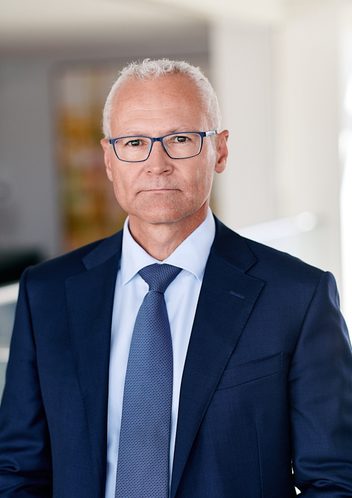
Partner
Oslo

Special Advisor
Stockholm
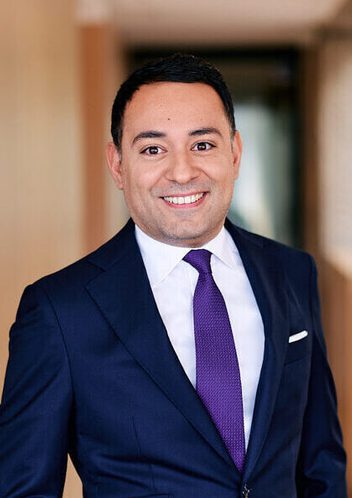
Partner
Stockholm

Partner
Oslo
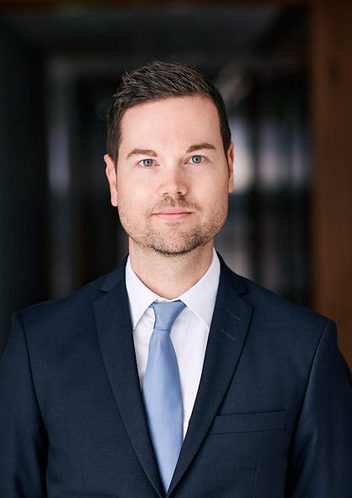
Partner
Oslo
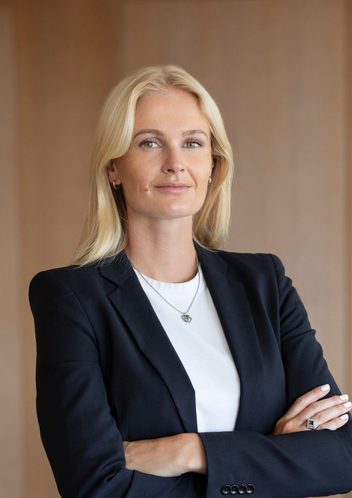
Senior Lawyer
Stockholm
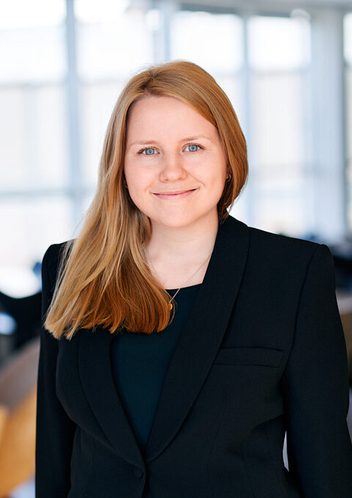
Senior Associate
Oslo

Senior Associate
Oslo

Associate
Stavanger
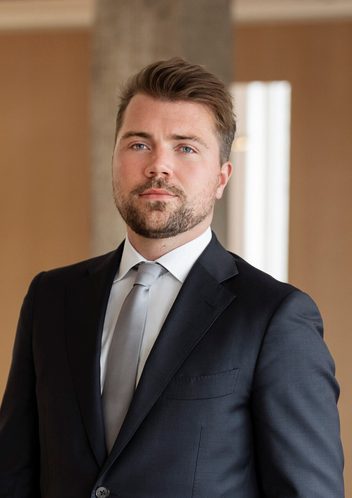
Associate
Stockholm
